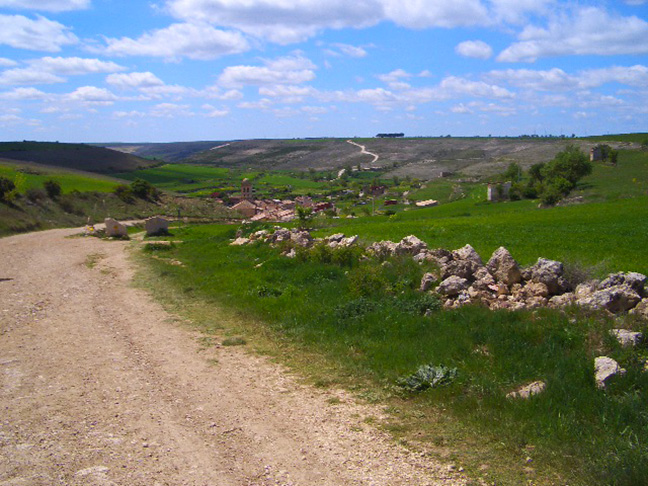
Over the past month or so we’ve had several customers come in Gearhead Outfitters that are headed to walk the Camino. I always try to pull Jackson in on these conversations when possible, because I can ramble on about the different shoes, packs, etc. we have but will never be able to relate to the experiences they’re going to have while walking across Spain in the way he can. (At least not yet. I want to go someday, too!)
I finally asked my adventure partner and gear expert to sit and down and interview with me just like we do with other people for this blog. My hope was to learn a little more about his experiences and have something I could share with those asking questions when I can’t pull him over to share his wisdom.
Lindsey: What year did you walk the Camino?
Jackson: It was… 2014. Mid-April to mid-May.
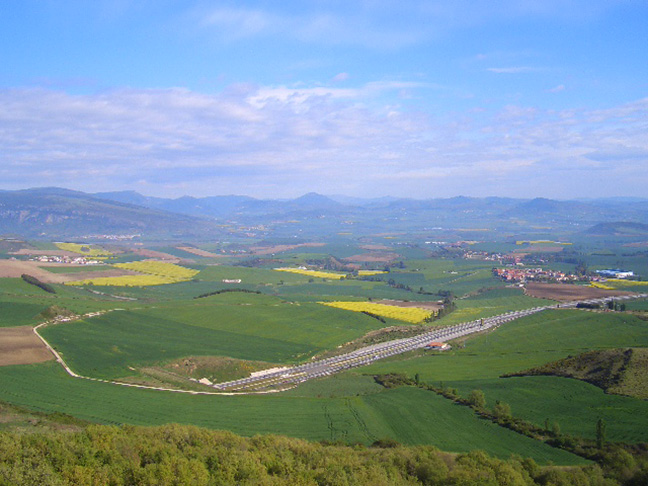
Lindsey: Why did you go?
Jackson: It was a little bit of looking for an adventure and a little bit of trying to find some things out for myself. My dad and Lee had walked it. I heard all their stories, about what they had experienced. And [my sister] Katie had lived in Spain for a year and walked part of it. And I was just… dying to experience it for myself. So for a graduation gift to myself I decided I would take some time off to walk it after graduation.
Lindsey: Where’d you start?
Jackson: I started in St. Jean-Pied-du-Port, right there on the border of France and Spain in the Pyrenees Mountains.
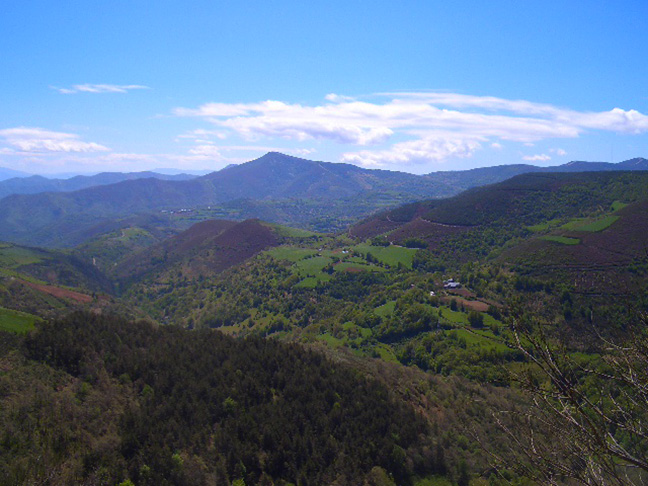
Lindsey: Where’d you end?
Jackson: Santiago de Compostela. Just to give some background on what it is… It’s a pilgrimage across Spain. There’s quite a few Caminos. I walked the Camino Francés, which is the French Way. It’s the main route that people walk because it’s where many of the Camino routes converge in St. Jean, then they continue on to Santiago de Compostela. The reason for it is that it’s believed St. James, one of Jesus’ twelve apostles, his remains are buried in a cathedral there in Santiago de Compostela. So people have been making a pilgrimage there for a thousand years to pay their respects.
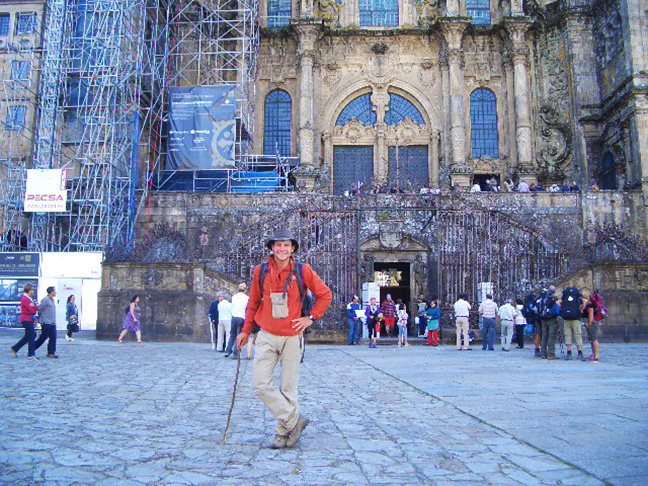
Lindsey: What’s a typical day like?
Jackson: Well it depends on what time of year you do it… I did it in the spring. I actually started on Easter… So a typical day for me started with coffee… of course a coffee. And if I was in a nice little town or village and there was a bar open I would have breakfast. But usually I was up earlier than they were open.. Spaniards have a different time frame that they do business… A lot of places aren’t open at six, seven o’clock in the morning.
So, usually the albergues, which are the, basically hostels that are subsidized by the Spanish government that function solely for pilgrims, or people walking this trail. A lot of times they’d have some sort of coffee there, or some sort of little bread and jam. So I’d start that way, and then around nine or ten o’clock roll into a village and stop to have a Café con leche. And maybe like a chocolate croissant. Or maybe a tortilla, which, a Spanish tortilla is like potato and egg, quiche kind of thing? So I’d have breakfast, walk some more. Then around one or two I’d stop for lunch, if I hadn’t carried it.
Walk a little longer and in the evening find a place to stop, find some dinner, check into the albergue, clean up and maybe do some laundry if it was needed. Check my email. Then, usually with some other pilgrims go out for the menu del dîa. So, like I said, Spaniards function on a different time frame than I was accustomed to. So there’s not usually a place to eat around seven because they don’t eat ’til more like nine or ten. But a lot of places along the Camino will have a menu del dîa that is maybe nine to ten euros and you get some type of appetizer like a soup, and then a main course, a desert and usually some wine. So we’d usually just eat and drink into the night. So then I’d go to bed, wake up and do it all over again.
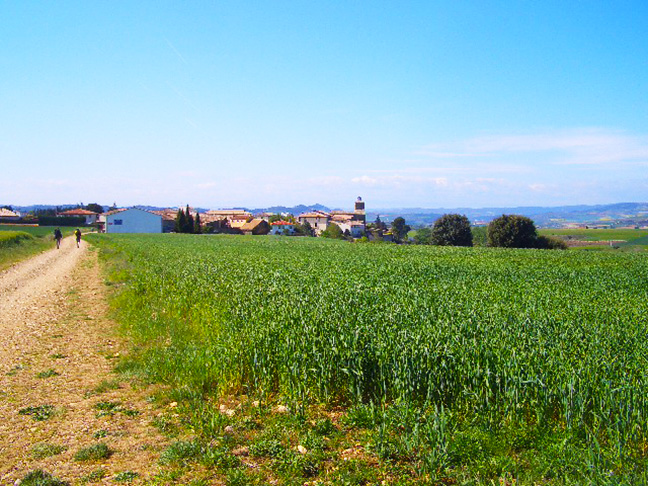
Lindsey: What was your favorite memory? Or aspect?
Jackson: There’s a lot of great memories. For one, I got to see a lot of things that I had seen in my dad’s pictures. There were these points of interest that I was looking forward to. I was really surprised by the difference in landscapes. You start out in the Pyrenees, a mountainous region and it has a different language, food, and climate. Then I guess the next main part is the Meseta which is a high, mostly flat treeless plain. So it’s really hot and arid. Then there’s the Rioja region, famous for wine. Then you get into the Galician Mountains, which is more temperate, more green. A new language there and different cuisine.
I think my favorite part was actually after Santiago, which is close to the coast, and you can choose to walk on to the sea and I really enjoyed that scenery. But I guess my favorite aspect was the community. “La familia del Camino,” or the Camino family. You meet people from all over the world. There was one night staying in a donativo, which is a donation based place to stay. It’s often a church or cathedral, nothing fancy but you can stay by just pitching in a donation. So I was staying at a donativo and it was someone’s birthday. They got sung “Happy Birthday” in, I think eleven different languages. I just thought that was really cool to be a part of that and witness that.

Lindsey: What’d you carry?
Jackson: Well… and granted, knowing what I know now there are some things I’d do differently. One thing I did do right is I had a small day bag, probably about thirty liters. You’re not camping, so all you need is clothing, toiletries, sleeping bag or sleeping bag liner, chargers, adapters and a guide book. So I kept my bag pretty small because I knew I wouldn’t need a lot and didn’t want to carry a lot. I had a pair of pants, couple shirts, a poncho, and a sleeping bag… now, if I were to do it over again I’d carry a top-load backpack designed for hiking rather than the front-load school-like bag I carried.
I wouldn’t carry a poncho, I’d take an actual rain jacket. The poncho covers everything, but it get’s really hot because it’s hard to ventilate. I would take trekking poles. Studies have shown that they help reduce impact by 35-40 percent on your knees. And I’d wear bigger shoes; I wore leather hiking shoes, not boots, but they were too small. At the time I didn’t know anything about swelling and had a lot of feet and achilles problems because my shoes were too small. Now I’d probably wear a trail runner.
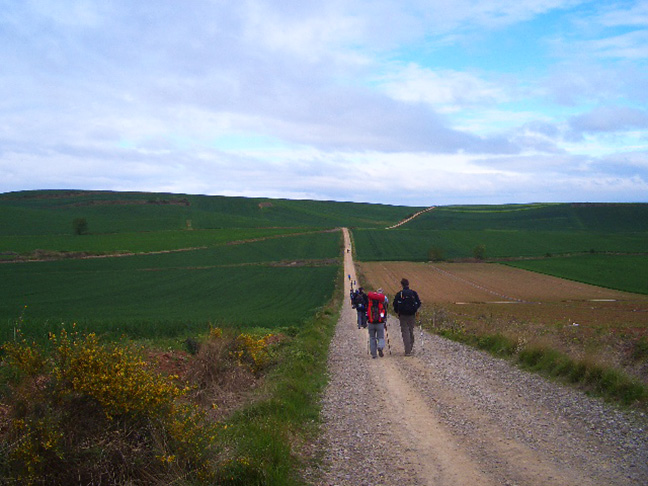
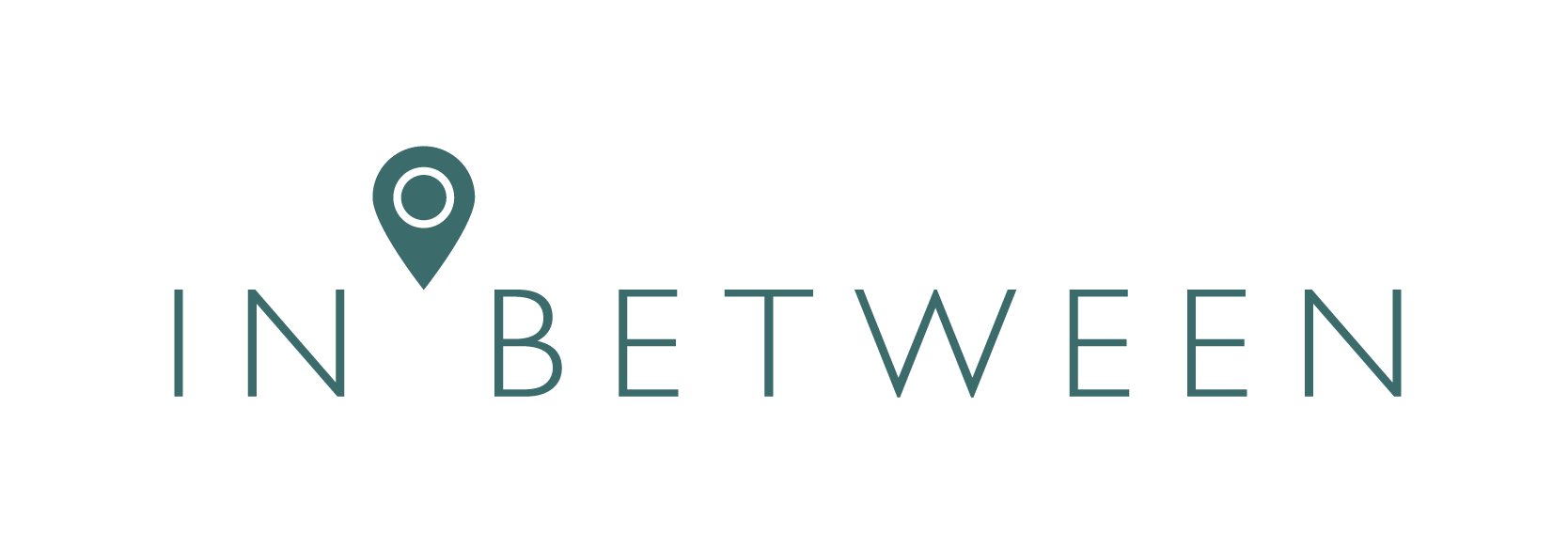
I’ve walked 6 Caminos.. Including Eastern European countries…
Love to share my experience and knowledge..